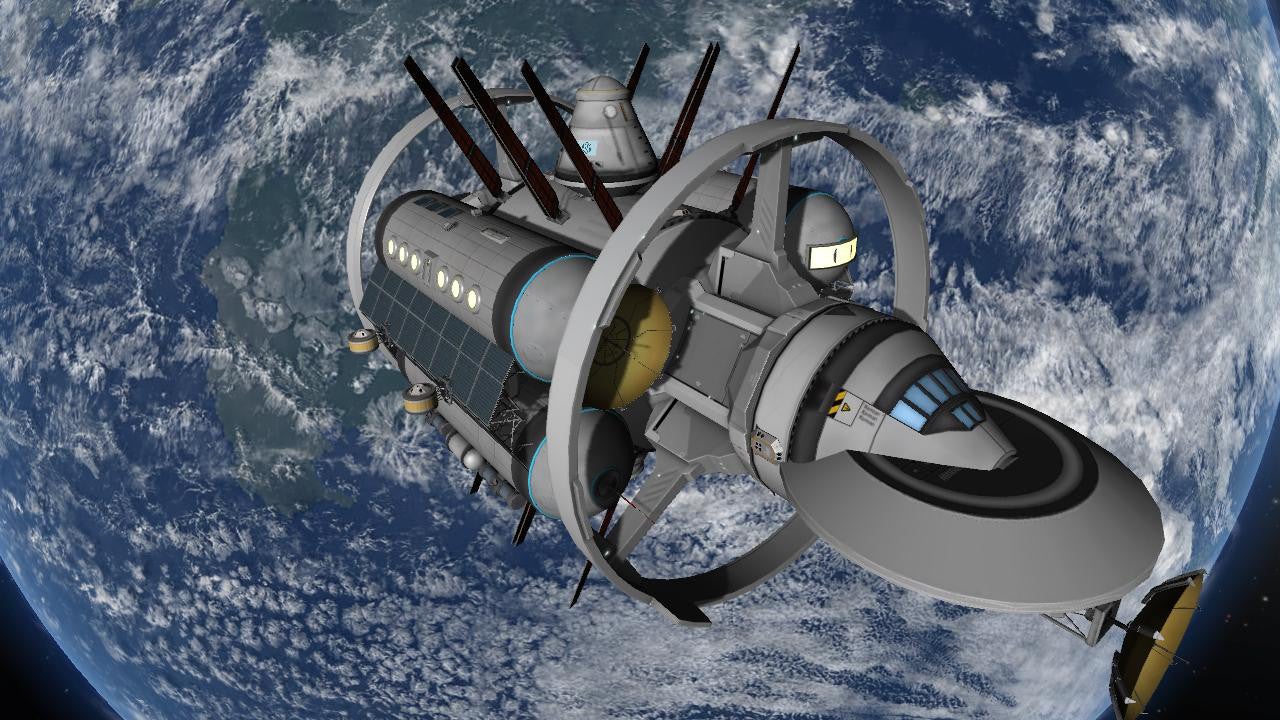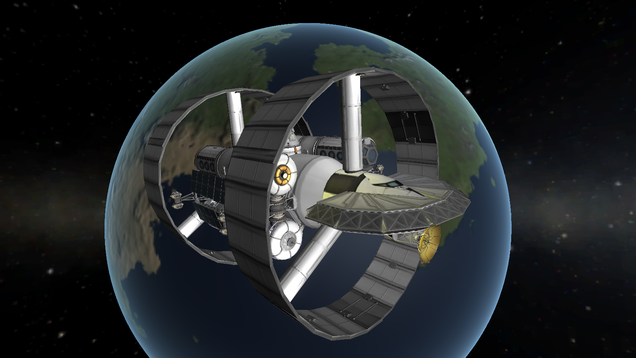

It is a quiet testament to the difficulty of space travel. Just one of its many engines is nearly the size of a small car, and, laid on end, the rocket is a few feet longer than a football field.

To the left of the main gate at Johnson, a Saturn V rocket lies on its side, its stages disconnected to show some of its guts. In saying that a warp drive is feasible, White is also saying that he can create a time machine. White doesn’t think this is a problem when I ask him about it, he says rather vaguely that a warp drive would work because of an “apparatus you have that’s creating the conditions that you need.” But creating those conditions in front of a ship would mean generating a distribution of negative energy that travels faster than light, a violation of the theory of general relativity. Ford and other physicists say there are fundamental physical limitations-not just engineering challenges-on the amount of negative energy that can exist in one place for any length of time.Īnother challenge is that in order to create a warp bubble that moves faster than light, scientists would need to distribute negative energy around a craft, including ahead of it. Even if White can drastically reduce the amount of negative energy that Alcubierre required, it may still be much more than scientists can produce, says Lawrence Ford, a theoretical physicist at Tufts University who has published dozens of journal articles on negative energy over the last 30 years. While the theory of warp travel is intuitive enough-deform space-time to create a moving bubble-it suffers from a few significant obstacles. I just can’t go into any more detail than that.”Īt Johnson Space Center, White works in the shadow of the Saturn V rocket. He says, “People come in and want to talk about some things. He explains that he has signed nondisclosure agreements that prevent him from revealing the particulars. I can’t tell you what I can’t tell you,” he says. White has spent the last year and a half designing the experiment, and he says that the capacitors will “establish a very large potential energy.” Yet when I ask how it would create the negative energy necessary to warp space-time he becomes evasive.

There are four ceramic capacitors made of barium titanate inside the ring, which White charges to 23,000 volts. When the device is turned on, White’s setup looks cinematically perfect: The laser is bright red, and the two beams cross like light sabers. If it warps space, he says “the interference pattern will be starkly different.” If the ring has no effect, White would expect one type of signal at the CCD. Half of the laser light passes through a ring-White’s test device. This is a White-Juday warp field interferometer, which White named for himself and Richard Juday, a retired JSC employee who is helping White analyze the data from the CCD. A helium-neon laser is bolted onto a small table pricked with a lattice of holes, along with a beam splitter and a black-and-white commercial CCD camera. White’s warp experiment is tucked into the back corner of the room. As we walk, he tells me about his quest to open the lab, which he frames as “a long arduous process of trying to find ways for advanced propulsion to help human space exploration.” He speaks with a slight drawl, a product of many years spent in the South-first at college in Alabama and then 13 years in Texas.

White leads me to his office, which he shares with a colleague who is looking for water on the moon and then takes me down the hall to Eagleworks. He dreamed up the name Eagleworks-a patriotic riff on the famous Lockheed Martin Skunk Works-and had NASA create a logo to his specifications. He can take his vision and turn it into a useful engineering product.” About the time he joined Applewhite’s group, White requested permission to open his own lab, dedicated to advanced propulsion. “He’s definitely a visionary, but he’s also an engineer. “Sonny is a pretty unique person,” says his boss John Applewhite, who heads the Propulsion Systems Branch within the JSC engineering directorate.


 0 kommentar(er)
0 kommentar(er)
